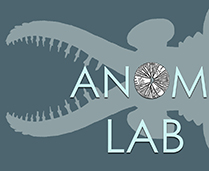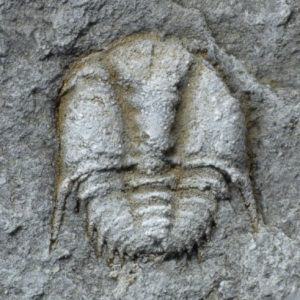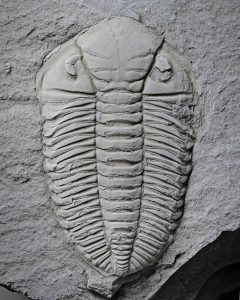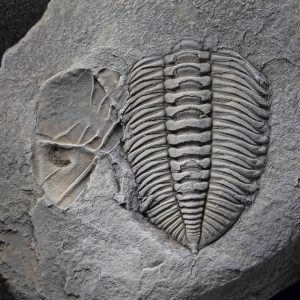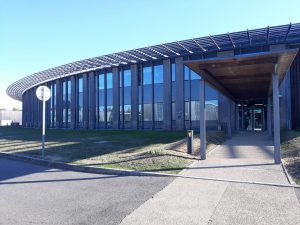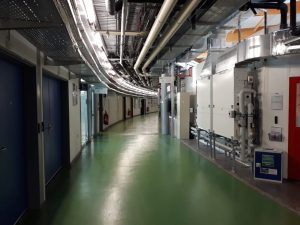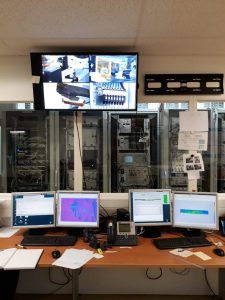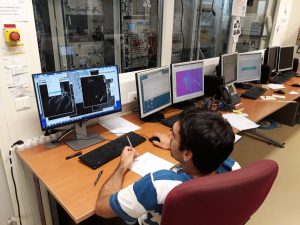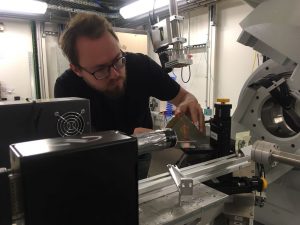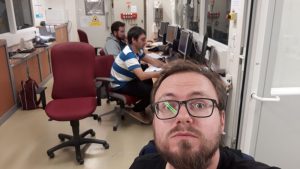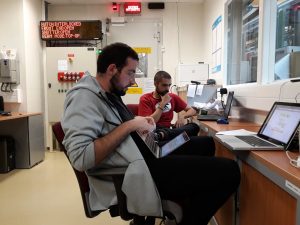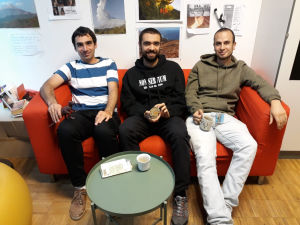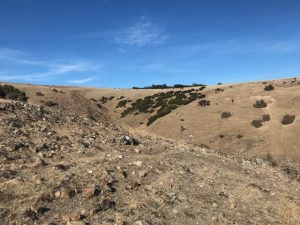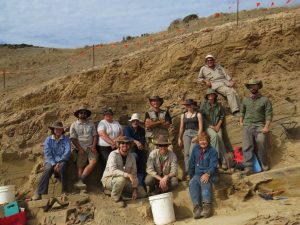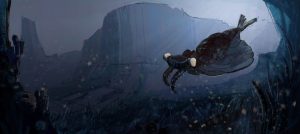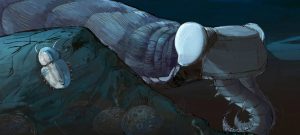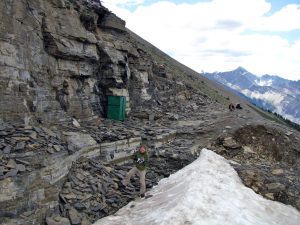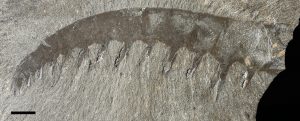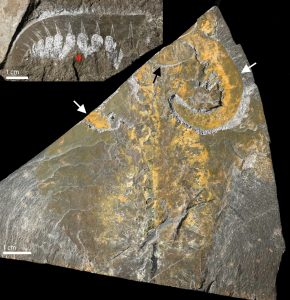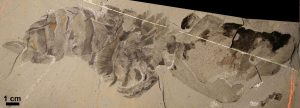This week: two members of the ANOM Lab – Harriet Drage and Lukáš Laibl – published a new paper in the journal Paleobiology. The paper describes the development of an Ordovician trilobite Dalmanitina from their tiny babies to mature adults. Dalmanitina is an basal member of a successful trilobite group called Phacopina. Adult phacopines are recognised by their fused facial sutures, which in other trilobites are non-fused and used during the moulting process. However, because of this fusion, adult phacopines unusually had to also moult their heads to be able to escape their old exoskeleton. Baby phacopines, still moulted like “normal” trilobites because they retained unfused facial sutures. The fusion of facial sutures between the baby and adult modes usually occurred at a very particular time during the development of most Phacopina. However, in this new paper, the authors show that Dalmanitina did not obey this rule, with facial suture fusion occurring variably in ontogeny. This is exciting because it confirms the hypothesis that basal members of major clades have less contrained developmental programs.
Read more about the research here:
